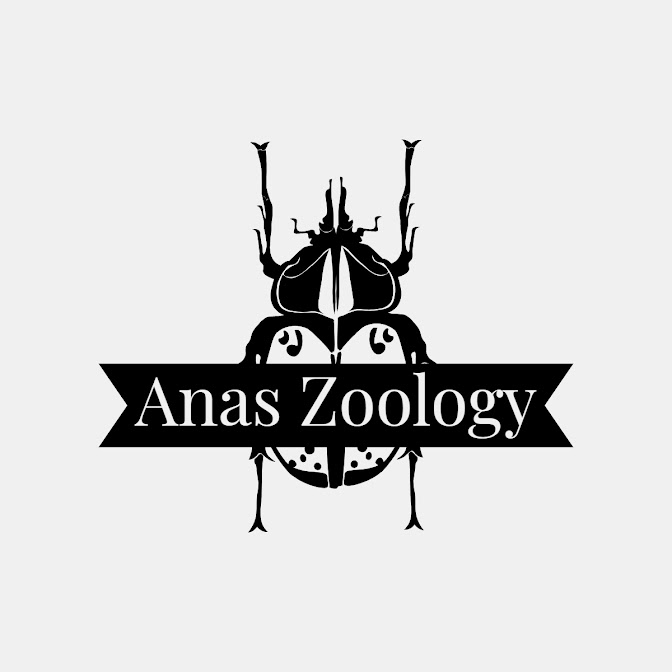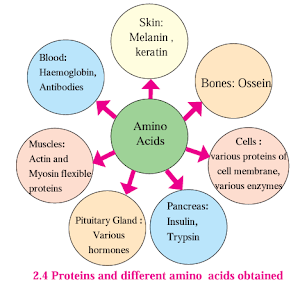Molecules and their Interactions Relevant to Biology (PYQ's) (SET2)
Visit You tube channel for more MCQ's: https://www.youtube.com/channel/UCDI5O7VNvIby-Faq_ptLefw Previous Year Questions: 1. Chitin is absent in which group ? (Dec 2008) 1) Bacteria 2) Arthropods 3) Fungus 4) Mollusca Ans. 1 - Bacteria Explanation: Chitin is a polysaccharide found in the exoskeleton of arthropods like insects and crustaceans, as well as in the cell wall of fungi, it can also be found in the shells of some molluscs, it is not found in bacteria. Hence option 1 is correct. 2. Which of the following is a most hydrated polymer? ...




